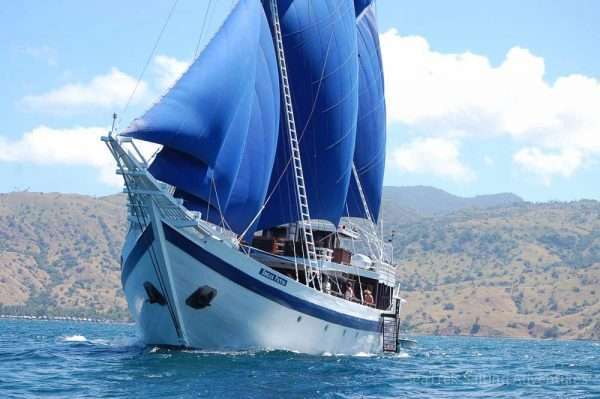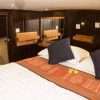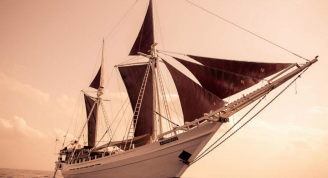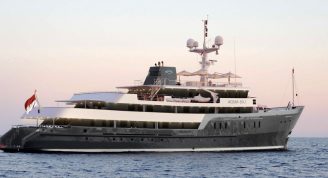Description
How I wished that I had the brain of a Russel Wallace and could read more clearly the illuminated page of Nature. – Sir Arthur Conan Doyle
In collaboration with Dr. George Beccaloni – naturalist, Wallace expert and head of the Wallace Correspondence Project –In collaboration with Dr. George Beccaloni – naturalist, Wallace expert and head of the Wallace Correspondence Project – this exclusive SeaTrek itinerary honours Alfred Russel Wallace in the 150th year since the publication of his seminal travelogue, The Malay Archipelago. Like Wallace, we will go in search of the stunningly beautiful Birds of Paradise, which he regarded as “…one of the most beautiful and most wonderful of living things.”
With George as our on-board guest expert, 0ur journey on-board the Ombak Putih will visit some of the places that most fascinated Wallace: the Spice Island of Ternate, Wallace’s base for his eastern travels and once the centre of the world clove trade.; the mysterious island of Halmahera where Wallace discovered evolution by natural selection; the remote Raja Ampat Islands with their pristine incredibly diverse coral reefs and glorious Birds of Paradise
Along the way, we hope to see some incredible animals, including possibly five species of Birds of Paradise (about the same number Wallace saw), giant clams, massive manta rays, humongous coconut crabs, endangered black macaque monkeys, and if we are very lucky, dugongs. The landscapes are spectacular: from remote palm-fringed coral islands, to majestic rainforests, to huge smoking conical volcanos. On-board the Ombak Putih we will have comfortable cabins and delicious food. For us there will be none of the hardships that Wallace experienced: more than once he had to make a small parakeet last for two frugal meals as he sat in his small leaking ant-infested hut in the pounding tropical rain.
The Ship’s Naturalist Dr. George Beccaloni, is a knowledgeable all-round naturalist and a world expert on Wallace, who has visited Indonesia five times previously on natural history-related trips. George is the Director of the Wallace Correspondence Project (http://wallaceletters.info) which aims to locate, digitize, transcribe, interpret all of Wallace’s surviving letters and other manuscripts. Its online digital archive and publications will be a key resource for all those interested in the life and work of this great man.
Note: The price of this cruise does not include any domestic airfares to and from our start and end points. If you are booking flights by yourself, do not book any flights before checking with us first. Our first and last day programmes rely on strict time scheduling, so please confirm with us to ensure that you arrive and depart at your destination with plenty of time to spare and to avoid disruption to other guests’ schedules.










